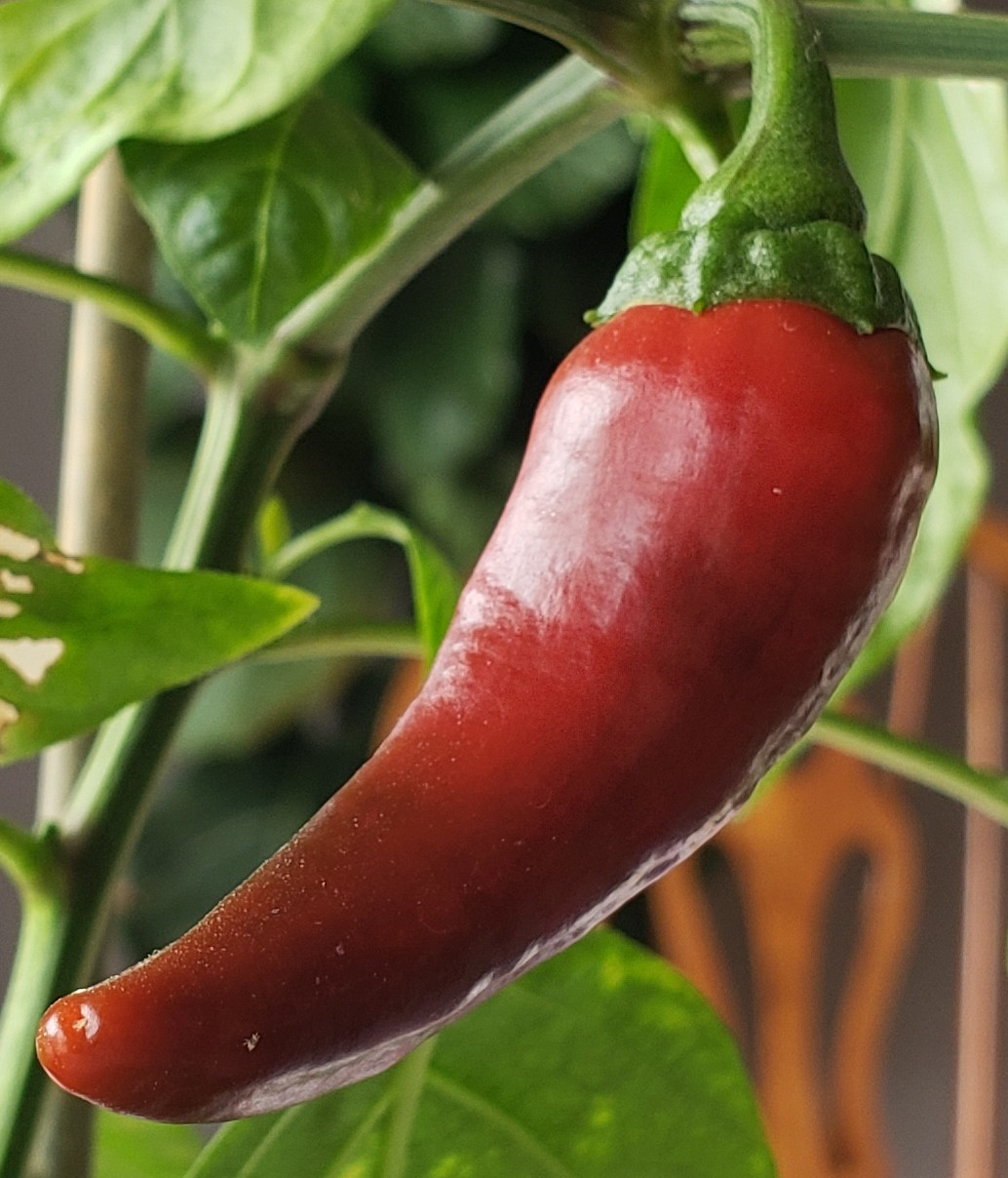“I remember finding in the high mountains of Catamarca (Argentina) a highly anthocyanin-containing species at over 3500 m altitude, which combined high winter frost resistance with an excellent aroma of its fruits and which seemed quite capable of being adapted as a cultivated plant.” (Bruecher 1977).
This species was Passiflora umbilicata. It comes from the Andes of Argentina, Bolivia, and Paraguay. It can be found at altitudes from 1600 m to 3700 m and survives frost and also the cool climate in some areas of Central Europe. This species grows very well in the southwest of England unprotected in the open ground.
The fruit of Passiflora umbilicata is round, between 4 and 7 cm in diameter, with a yellow, leathery shell at full ripeness. It’s is tasty. The species, like most Passiflora, is not self-compatible and requires cross-pollination. The plant is very easy to care for and can bloom from May to October. It prefers a cooler climate, but also withstands temperatures up to 40 °C and blooms both in sunny and semi-shaded locations.
- 𝗪𝗵𝘆 𝗶𝘁’𝘀 𝘀𝗼 𝗿𝗮𝗿𝗲…
The main problem of this species is that cuttings root very poorly and slowly. That’s one of the reasons why it’s so rare in cultivation.
- 𝗕𝗿𝗲𝗲𝗱𝗶𝗻𝗴 𝗵𝗮𝗿𝗱𝘆 𝗽𝗮𝘀𝘀𝗶𝗼𝗻𝗳𝗿𝘂𝗶𝘁
P. umbilicata is very interesting for breeding hardy passion fruit. It has a certain winter hardiness and possibly there are still genotypes in Argentina that are significantly hardier than the plants so far distributed in Europe.
- 𝗜𝘁’𝘀 𝗴𝗿𝗲𝗮𝘁 𝗳𝗼𝗿 𝗺𝗮𝗸𝗶𝗻𝗴 𝗵𝘆𝗯𝗿𝗶𝗱𝘀
What makes this species particularly interesting, however, is the fact that the species crosses relatively easily with other species to create hybrids. There are now numerous hybrids. Some of the species involved are: P. actinia, P. antioquiensis, P. cincinnata, P. edulis, P. garckei, P. incarnata, P. racemosa, P. tarminiana, P. tripartita var. mollissima, P. tucumanensis, P. sidifolia and P. sprucei.
Interestingly, some of these hybrids are very fertile. An example of a promising hybrid for hardy passion fruit is Passiflora ‘Jutta’ by Henk Wouters. This cross between P. tucumanensis and P. umbilicata tolerates at least up to -8 °C. It is a fast-growing plant that flowers abundantly and sometimes forms two flowers per leaf. This variety forms fertile pollen and easily produces fruits. P. ‘Jutta’ bears full and delicious fruits, which become ripe in 45 days.
- 𝗔𝘀 𝗮 𝗯𝗿𝗶𝗱𝗴𝗲
P. umbilicata can pollinate most species of the supersection Tacsonia and be used as a bridge species:
Various properties such as tolerance for extremely cool weather and self-fertility could be combined from the supersection Tacsonia with strong root formation, good fruit qualities and frost hardiness of species of the subgenus Passiflora.
(Photo credit: Andres Krzisnik)

